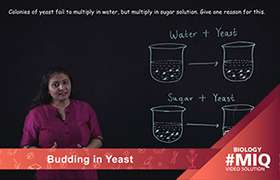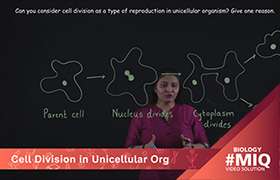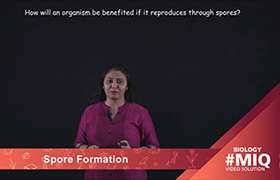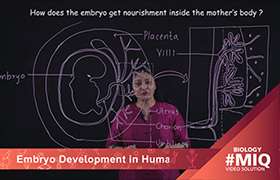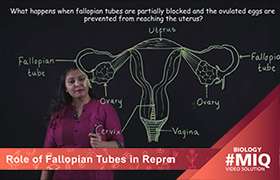CBSE Class 10 Answered
Budding is a form of asexual reproduction where a bud or outgrowth from the end or side of the parent organism emerges and develops into a new organism. This is seen in fungi, hydra as well as in plants. Usually, the protrusion stays attached to the primary organism for a while, before becoming free. The new organism is naturally genetically identical to the parent.
Spore formation on the other hand, refers to reproduction by spores. Spore is a small, usually single-celled reproductive body that is highly resistant to desiccation and heat and is capable of growing into a new organism. It is produced especially by certain bacteria, fungi, algae, and nonflowering plants. Spores are agents of asexual reproduction. An example of spore formation is seen in Rhizopus. The sporangia produced on the hyphae of Rhizopus contain the spores that can eventually develop into new Rhizopus individuals.
Kindly post each query separately.

